A hallucinogen is a psychoactive agent that often or ordinarily causes hallucinations. They also cause perceptual anomalies and other substantial subjective changes in thought, emotion, and consciousness. These side-effects are not typically experienced to such degrees with other drug classifications. The common classifications for hallucinogens are psychedelics, dissociatives, and deliriants. Although hallucinogens all can induce altered states of consciousness with some overlap in effects, they’re aren’t the same. There are quantifiable as well as vast qualitative differences in the induced subjective experiences between the different classes of hallucinogens. This is due to differing and distinct pharmacological mechanisms. I’m going to list the 10 most amazing and dangerous hallucinogens.
—
The best thing you can do is avoid things that may harm you. There are plenty of people that love to experiment or make things up entirely. If you plan on going into a psychedelic trip, be sure to start small before you jump into the deep end of the pool. It does not matter if people like to talk a big game about how many or often they take hallucinogens. Taking these things too often can cause problems with the brain the same way other drugs can. While they may not be addictive, they can still be abused. People love to make hallucinogens out to be something that they’re not. They’re all mostly a nontoxic drug that has beneficial side-effects that can restart your system. Beyond that, they’re supplements with a geometric and suggestive twist that can cause great damage if not taken lightly.
—
Part of the reason they’re not addictive is because they can cause severe psychological issues. Even if the person seems fine, taking hallucinogens too often can screw up a person’s thinking. It does not matter how many trips or “shamans” people speak of, be wary of your trip to trip. You can end up tripping and falling harder than you could’ve imagined. Not only can some of the hallucinogens listed below be psychologically damaging, they can cause physical damage. Most hallucinogens are non-neurotoxic, especially psychedelics, but the ones below can cause organ damage. This isn’t to say that they don’t have major benefits, but all hallucinogenic compounds are risky. Since they come at a cost, I’m here to list the most dangerous of them all. It does not mean that you’ll die, but they are the most dangerous of the hallucinogens for obvious reasons.
—
To add, you should consult with a professional before taking any of these drugs. I don’t recommend them, as you can see, but one must be careful. I would say that I understand enough about these drugs, but a personal doctor may be of use. Any “professional” would probably avoid recommending these drugs unless taken in a therapeutic environment. Regardless of anything, a doctor would recommend against it, so consider well. Any professional other than that, take things that they say with a grain of salt. To end, hallucinogens can be useful, but careful considerations always have to be considered. Interactions with other drugs, physical, and psychological symptoms are prevalent. Let’s just say that the smarter you are, the more you can gain out of the experience… not just cool colors and interesting vibes.
Differences Between the Three
Psychedelics (also known as serotonergic hallucinogens) are a class of psychoactive substances. They produce an altered state of consciousness marked by unusual changes in perception, mood, and cognitive processes. While their precise mechanism of action is not known, psychedelics are thought to produce their characteristic effects by binding to serotoninreceptors (5–hydroxytryptamine or 5-HT). particularly the 5-HT2a subtype. Serotonin plays a number of critical roles throughout the human body and is a key neurotransmitter involved in the functioning and regulation of sensory perception, behavior, mood, cognition and memory.
—
Subjective effects can vary significantly depending on class. They generally include some form of open and closed-eye visuals, time distortion, enhanced introspection, conceptual thinking, euphoria, and ego loss. The so-called classical psychedelics, which consist of LSD, psilocybin mushrooms, mescaline, and DMT (ayahuasca) are considered to produce the archetypal psychedelic effects. They also have the most established safety profiles. Psychedelics can be divided into three major sub-classes: tryptamines, lysergamides, and phenethylamines. Psychedelic tryptamines are based on, or derive from, dimethyltryptamine (DMT), lyergamides on LSD, and phenethylamines on mescaline. The mechanisms involved in psychedelics involve a high suggestibility to thought patterns.
—
Unlike other highly prohibited substances, most psychedelics have not been shown to be physiologically toxic and none have been shown to be addictive. However, adverse psychological reactions such as severe anxiety, paranoia, delusions, and psychosis are always possible, particularly for those predisposed to mental disorders. They can even trigger mental disorders in those prone or not prone to mental illness. As a result, it is highly advised to use harm reduction practices if using these substances. They can cause transpersonal effects, and this makes them popular in recreational settings. They are often used in religious or spiritual settings as well, often being called entheogens because of it.
—
Dissociatives (also referred to as dissociative anesthetics) are a class of hallucinogen. Members of this class are characterized by distorted sensory perceptions and feelings of disconnection or detachment from the environment and self. The phenomenology is often described in terms of reducing or blocking signals to the conscious mind from other parts of the central nervous system. Many dissociatives have general depressant effects and can produce sedation, respiratory depression, analgesia, anesthesia, and ataxia, as well as cognitive and memory impairment and amnesia. Some dissociatives affect the dopamine and/or opioid systems and are capable of inducing euphoria.
—
Deliriants are a class of hallucinogen that are unique in that, even with lower doses, they offer solid hallucinations. These hallucinations display themselves seamlessly into waking consciousness, similar to fully formed dreams or delusions. In contrast, classical psychedelics and dissociatives have progressive levels of multiple all-encompassing sensory effects. This occurs before reaching the level of concrete hallucination.
—
Despite the fully legal status of several common deliriant plants and drugs, they’re not fun. Substances which fall under this class are largely unpopular as recreational drugs due to the severe and unpleasant nature of the hallucinations produced. In addition to their potentially dangerous mental effects (accidents during deliriant experiences are common), certain deliriants are poisonous. They can cause death due to tachycardia-induced heart failure and hyperthermia even in small doses.
The 10 Most Amazing and Dangerous Hallucinogens
1. Ibogaine
Ibogaine is a naturally occurring psychedelic substance of the tryptamine class. Ibogaine is an indole alkaloid found in some plants, but it’s typically found in the Iboga plant. Ibogaine’s medical history in the West began in the early 1900s when it was indicated for use as a neuromuscular stimulant. In the 1940s and 1950s, its suitability as potential cardiovascular drug was studied. Later in the 1960s, the substance received much attention because of its potential applicability as an anti-addiction medication.
—
The pharmacology of ibogaine is complex and poorly understood. While largely behaving as a serotonergic psychedelic, ibogaine interacts with numerous brain systems including transporters, opioid receptors, sigma receptors, glutamate receptors, and nicotinic receptors. Ibogaine’s complex pharmacology entails a significant potential to generate adverse effects, particularly on the cardiovascular system. Its use has been associated with at least 12 deaths since 1990. This is what makes the psychedelic so dangerous, along with the induced state and severe nausea that comes with it. If you’re wanting the anti-drug addiction qualities, a longer induced high is preferable. This is unfortunate, considering the qualitative benefits of the drug.
—
Ibogaine is not currently approved for any medical uses in the United States. Preliminary research in animals indicates that it could potentially be used for treatment of addiction; however, there is a lack of non-anecdotal data in humans. Although not licensed as therapeutic drug and despite safety concerns, ibogaine is currently used as an anti-addiction medication in dozens of clinics worldwide. Though, as mentioned above, is something that should not be taken lightly. It can induce a long 24 hour high that can lead to psychosis, paranoia, anxiety, depression, and even suicide.
—
Research suggests that ibogaine may be useful in treating dependence on other substances such as alcohol. It also helps with methamphetamine and nicotine. Iboga may affect compulsive behavioral patterns not involving substance abuse or chemical dependence. It can also reduce or completely remove withdrawal symptoms of a drug. Researchers note that there remains a “need for systematic investigation in a conventional clinical research setting.” It’s also suggested that after the effects end, therapy be induced.
The 10 Most Amazing and Dangerous Hallucinogens
2. Datura
Datura (also known as devil’s trumpet, moonflower, and devil’s weed, ) is a genus of nine species of poisonous flowering plants belonging to the family Solanaceae. Daturas are known as powerful and dangerous deliriants, used for shamanic and medical purposes, as well as poisons. They contain the potent anticholinergic substances scopolamine, hyoscyamine, and atropine primarily in their seeds and flowers. The cognitive effects of datura are described by many as generally negative and dysphoric. They are often consisting of extreme paranoia and feelings of impending doom. Like other deliriants, datura is confusing and disorienting. They’re often leading to a complete inability to communicate or understand normal language.
—
Datura stramonium prefers rich, calcareous soil. Adding nitrogen fertilizer to the soil increases the concentration of alkaloids present in the plant. D. stramonium can be grown from seed, which is sown with several feet between plants. It is sensitive to frost, so should be sheltered during cold weather. The plant is harvested when the fruits are ripe, but still green. To harvest, the entire plant is cut down, the leaves are stripped from the plant, and everything is left to dry. When the fruits begin to burst open, the seeds are harvested.
—
The toxicity of datura can be highly variable. There can easily be a 5:1 variation in toxins from plant to plant. A given plant’s toxicity depends on its age, where it is growing, and local weather conditions. These wide variations make datura exceptionally hazardous to use as a substance. An overdose of datura can occur from ingestion of as little as one half teaspoon of seeds. This is what makes the drug so dangerous, and it can cause anxiety during a trip. It’s always recommended that people doing this drug do so under supervision. Although, I don’t see why anyone would want to take it. It’s potent, dangerous no matter what, and if done alone with no expertise, you don’t know what you’re getting.
The 10 Most Amazing and Dangerous Hallucinogens
3. Salvia
Salvinorin A is the main active psychoactive molecule within Salvia Divinorum, a Mexican plant which has a long history of use as an entheogen by indigenous Mazatec shamans. It is structurally distinct from other naturally occurring hallucinogens (such as DMT, psilocin and mescaline) because it contains no nitrogen atoms, making it a terpenoid and not an alkaloid as is the norm. This means it cannot be rendered as a salt.
—
It also differs in subjective experience compared to other hallucinogens, and has been described as an atypical psychedelic although this formal classification is debatable. Salvia can cause strange sensations after it’s been consumed that include paranoia, anxiety, ego death and replacement, strange feelings of gravity and space, and more. The trip involved with being stuck in “sally space” is not physically harmful, but it can be emotionally traumatizing. At most, the subjective effects may last up to 90 minutes or 2 hours, including the after effects.
—
Salvia is known to cause extreme states of psychosis and can even render the person taking it paralyzed. Although it’s long-term physical harm on the body is low, people have stated that it can cause long-term psychological effects. The effects can range from long-term depression, anxiety, and even cause PTSD. Since ego death is particularly strong when taking the drug, hospitalization may be required. This is why it is always recommended to take a trip killer with any of these drugs. Having to explain yourself at a hospital having taken an illegal substance can ruin your day. Not only this, this is part of the reason so many people have bad trips; they’re paranoid about being caught.
The 10 Most Amazing and Dangerous Hallucinogens
4. 5-MeO-DMT
5-MeO-DMT is a naturally-occurring psychedelic substance of the tryptamine class. 5-MeO-DMT’s psychedelic effects are best compared to DMT in intensity (extreme) and duration (very short). However, it differs in that it generally lacks a visual component and is significantly more tactile and euphoric. In addition to this, it produces even stronger transpersonal effects like unity and interconnectedness and ego loss. Additionally, both mental and physical side effects are more often reported with 5-MeO-DMT. These side-effects are sometimes described as overwhelming and capable of producing panic attacks, dysphoria, as well as significant nausea and bodily discomfort. Lastly, since there is little known about the effects of this drug, this can contribute to a bad trip. Along with hypertension, there are few reasons to try this drug with so little known about it.
—
Like any hallucinogen, certain drugs like cannabis can cause paranoia and psychosis. Other drugs like Tramadol and SSRIs can cause significant damage, serotonin syndrome, and death. Death by suicide has occurred, especially if not treated in a proper setting as an entheogen. The high may seem profound, but the side effects are anything but that — they’re more. Unlike its close relative DMT, which is considered to have minimal physiological toxicity, the toxicity and safety profile of 5-MeO-DMT is unclear. A small number of deaths have been attributed to its use and appear to be a result of overdose. Anecdotal reports indicate that this substance is likely to be overly intense for those who are not extensively experienced with powerful psychedelics. It is highly advised to use harm reduction practices if using this substance.
The 10 Most Amazing and Dangerous Hallucinogens
5. Ayahuasca
Ayahuasca is an umbrella term that refers to a wide variety of traditional and modern brews and infusions of natural plant sources that produce powerful psychoactive or hallucinogenic effects. Of these, it most commonly consists of a DMT-containing plant source in combination with one that contains an MAOI or RIMA (typically sources like B. caapi vine or syrian rue) to produce uniquely potent, sometimes medicinal, psychedelic effects.
—
As is the case with psychedelics in general, ayahuasca is not considered to be dependence-forming or addictive. This is stated by the research and medical community. Nevertheless, unpredictable adverse reactions such as anxiety, paranoia, delusions and psychotic breaks can still always occur. In particular among those predisposed to psychiatric disorders. This is particularly true with substances such as ayahuasca, and there are plenty of horror stories to boot. Not only is the trip almost impossible to get through without struggle, it lasts for several hours. A several hour DMT trip is nothing to scoff at. It’s highly recommended that this substance is taken with an experienced trip-sitter. Otherwise, you may in for a rude awakening and 12 hour panic attack. Trip killers are highly recommended to have on hand, such as benzodiazepines.
—
While these negative reactions or “bad trips” can often be attributed to factors like the user’s inexperience or improper preparation of their set and setting, they have been known to happen spontaneously among even the most experienced of users as well. This is why despite its scientifically-backed reputation for possessing both negligible-to-no physical and neurotoxicity, it is still highly advised to approach this powerful and unpredictable hallucinogenic substance with the proper amount of precaution, and harm reduction practices if one chooses to use it. This is because the high susceptibility of people to have suicidal ideations and attempts during the process. Not only is this substance hard to make properly without an expert, it’s highly discouraged to take it without an experienced user.
The 10 Most Amazing and Dangerous Hallucinogens
6. PCP
Phencyclidine (also known as PCP or Angel Dust)is a synthetic dissociative substance in a chemical class that produces potent, long-lived dissociation. It also induces anesthetic, stimulating, disinhibiting and hallucinogenic effects when administered. As a recreational substance, PCP may be ingested orally, smoked, insufflated or via injection. Due to its potent dissociative and stimulant effects, it’s addictive. It’s known habit-forming properties as well as an established toxicity profile mean it’s dangerous. It is strongly recommended that one use proper harm reduction practices if choosing to use this substance. PCP is considerably more likely to induce psychosis and mania than other dissociatives and is therefore potentially dangerous even in a proper setting.
—
PCP is highly addictive, and it’s more prone to abuse than other dissociative drugs, including ketamine, DXM, and nitrous oxide. The chronic use of PCP can be considered highly addictive with a high potential for adverse side effects such as psychosis. In comparison to other dissociatives, PCP has been reported to be more addictive than MXE, diphenidine, ephenidine, and ketamine. When addiction has developed, cravings and withdrawal effects may occur if a person suddenly stops their usage. There have been multiple reports across the internet of people becoming seriously addicted daily users of this substance. Neurological and schizophrenic like symptoms have also been reported from use of PCP. Serious precautions and considerations should be taken before trying this substance.
The 10 Most Amazing and Dangerous Hallucinogens
7. DXM
Dextromethorphan (also known as DXM) is a dissociative substance of the morphinan class. DXM is the primary active ingredient in many common over-the-counter (OTC) cold and cough medicines. When exceeding approved doses, DXM produces dissociative effects similar to those of ketamine and phencyclidine (PCP). The pharmacology of DXM is not completely understood, but it is thought to act primarily by blocking NMDA receptors in the brain. The reason why DXM is so dangerous is mostly because of it’s common consumption with pain killers. Not only is it readily available over-the-counter, it’s hard to know what you’re getting. If you’re not careful with purchasing this drug, you can end up with normal cough syrup.
—
DXM is a cough suppressant, but it’s often mixed with pain killers such as acetaminophen. Acetaminophen is a toxic painkiller, especially in larger doses. To achieve the doses of a high, you’d have to chug a whole bottle of regular cough syrup. If you consume too much cough syrup with these painkillers, it can become liver toxic, and you can die. Other than that, DXM has minimal physical side-effects, but it’s still recommended that you avoid it. There are cough syrups out there that only have DXM as an active ingredient. If you have to take this drug, do your shopping well, but by all means, avoid it all together. Lastly, be wary that DXM (like other dissociatives) has abuse harm potential and can cause serotonin syndrome. On top of this, it can cause psychosis and other problems, among many.
—
Subjective effects include dissociation, time distortion, bodily hallucinations, immersion enhancement, motor control loss, euphoria, and ego loss. Users commonly describe low doses as producing an alcohol-like intoxication while higher doses produce effects similar to ketamine or PCP. It is often reported to produce a strong, uncomfortable body load with significant nausea. The effects and tolerability of DXM are highly variable between users which may be due to individual differences in the genes underlying metabolism. As a result, many users find the experience of DXM to be either unpleasant, neutral, or dull, while others report mystical-like psychedelic experiences.
The 10 Most Amazing and Dangerous Hallucinogens
8. Ketamine
Ketamine (also known as K and special K,) is a classical dissociative substance of the medical class of drugs. It is the most well-known and widely-used among the dissociatives. It’s among a diverse group that includes phencyclidine (PCP), methoxetamine (MXE), dextromethorphan (DXM), and nitrous oxide. It produces its main effects by binding to and blocking the NMDA receptor; however, its precise mechanism is poorly understood and the subject of ongoing research. Recently, it has become the subject of significant clinical research due to the discovery that it can rapidly relieve treatment-resistant depression and suicidal ideation.
—
Subjective effects include sedation, motor control loss, pain relief, internal hallucinations, conceptual thinking, euphoria, and dissociation. Dissociation is a complex mental state characterized by perceptual distortions and feelings of detachment from the environment and one’s self. Ketamine’s effects are similar to dissociatives like PCP and DXM but with a shorter duration and rapid onset. The effects of ketamine are highly dose-dependent: at lower doses, users report alcohol-like disinhibition and relaxation effects. While higher doses exceeding a certain threshold are capable of inducing a trance-like state (called a “k-hole”). This is commonly described as an out-of-body or near-death experience.
—
Ketamine is considered to have moderate to high abuse potential. There are harmful drug combinations (like with any drug), and overdose is possible. Chronic use is associated with escalating tolerance and psychological dependence. Additionally, the physical health effects of chronic use are not well-known. There is growing evidence that chronic use causes bladder and urinary tract dysfunction. Additionally, chronic use has been linked with cognitive impairment which may indicate neurotoxicity. There is also some evidence that it may function as an antibiotic. As a result, it is highly advised to use harm reduction practices if using this substance.
The 10 Most Amazing and Dangerous Hallucinogens
9. 25-NBoMe
25x-NBOMe is the general form of the NBOMe series of psychedelic phenethylamines. The series had nearly no history of human use before 2010. This is when some of the first compounds became available for purchase from online research chemical vendors. While members of this series are often misrepresented as LSD, a fundamental difference between them is that 25x-NBOMe is only active when taken through a sublingual or insufflated route. This means that to get the full effects, 25x-NBOMe blotter paper must be lightly chewed on for 20+ minutes and never immediately swallowed.
—
There are five variations on the drug: 25B, 25C, 25D, 25I, and 25N. They are highly unpredictable and dangerous in their own respective ways; however, they’re all dangerous in very similar ways. This series of drugs is not highly addictive, but they are deadly, so be careful. They, in particular, react poorly to other drugs, and in combination with them, can become even more fatal.
—
25x-NBOMe blotters cause numbness of the tongue and have a distinct taste that is often described as “strongly bitter”, “metallic”, or “chemical like”. This is unlike LSD blotters, which will not cause numbness of the tongue and may be tasteless or have a slight flavor depending on the amount of ink on the blotter and the composition of the blotter paper. Although these differences can be helpful in identifying an unwanted compound on a blotter, it is recommended that more reliable methods of identification be used, such as the use of testing reagents like the Ehrlich reagent. Insufflation of these substances are highly discouraged due to numerous reports of people suffering dangerous and often fatal overdoses that have surfaced over the years.
The 10 Most Amazing and Dangerous Hallucinogens
10. Nitrous Oxide
Nitrous oxide (also known as laughing gas, nitrous, NOS; informally as whippets) is an atypical dissociative substance that is found in the form of an inhalable gas. The exact mechanism of action of nitrous oxide is unknown, but it is thought to have an effect on GABA and NMDAreceptors in the brain. Today, it is widely used in surgery and dentistry for its anaesthetic and analgesic effects. It is also used in motorsports for its performance boosting effect on internal combustion engines. Additionally, it has a number of industrial uses and is commonly sold as a whipped cream propellant in kitchen and household stores.
—
Subjective effects include sedation, pain relief, motor control loss, anxiety suppression, conceptual thinking, euphoria, and dissociation. Nitrous is considered to have low to moderate abuse potential and low toxicity when used in moderation. However, chronic use can cause vitamin B12 depletion, which may lead to severe nerve damage; a condition known as wet brain. There is a moderate potential for abuse, and it’s best avoided all together. Along with other drugs on this list, there are dangerous interactions with other drugs. The more harmful a drug, the more harmful interactions there are with other drugs. Additionally, improper use puts the user at risk of oxygen deprivation. It is highly advised to use harm reduction practices if using this substance.
—
Honorable Mentions: Every last hallucinogen, including psychedelics (MXP, MXE, etc). There are plenty more, and they’re all dangerous to a degree (like any drug in their own ways). Danger comes in many forms, so be extremely cautious, and be sure to test any drugs you get. Just understand that you’re on a drug. Nothing drug related is natural or enlightening. Whatever epiphanies you have are artificial, even though they are a part of your brain.
[The drugs should be avoided, especially in combination with other drugs. Some drug combinations can be lethal. Even cannabis is considered an hallucinogen. Instead of just listing them, I list everything wrong with these drugs. They’re mostly dissociatives and deliriants.]
(Just because I list the dangers does not mean that I recommend against their use. If you feel like you need to take it, especially for catharsis and therapeutic reasons, by all means, take them. Sometimes, the most dangerous ones, are also the most beneficial. However, it’s crucial to know that there are ones that are more highly dangerous than others. Many are listed here, but they’re not the only ones (the big names). It’s also important to know that while hallucinogens can be physically harmful, they’re not as bad as many other drugs.) ** This serves as drug harm prevention **
Final Thoughts:
While there are good sides to hallucinogens, there are plenty of bad. Drugs that fall under the typical psychedelic profile can offer great benefits and can even cure what they can create. Just know that some are worse than others and the effects can be expected to be bad for many of them. You never know what you’re going to get when going into certain hallucinogenic compounds, and that can be an issue.
—
Don’t listen to all of these idiots that claim they’ve taken 30 tabs of acid at once, because it’s never safe or true. If you ever plan on taking any kind of hallucinogen, do your research, and know what you’re taking. The ones listed above always have at least some dysphoric effects that can turn your day and life upside down. Be sure that you’re tripping in a safe environment with people you trust that can help if something goes awry.



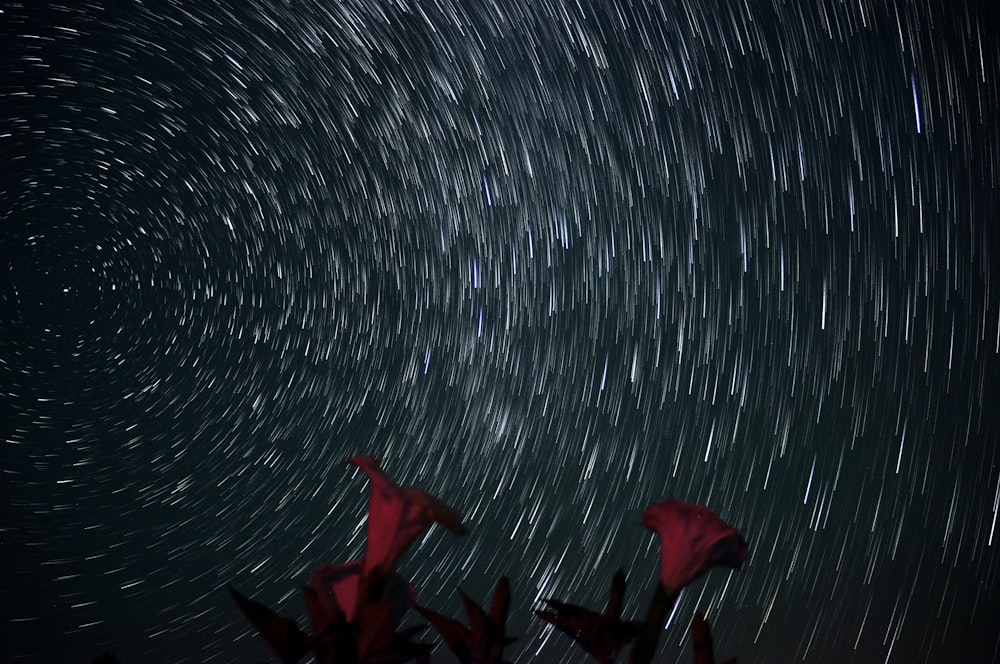
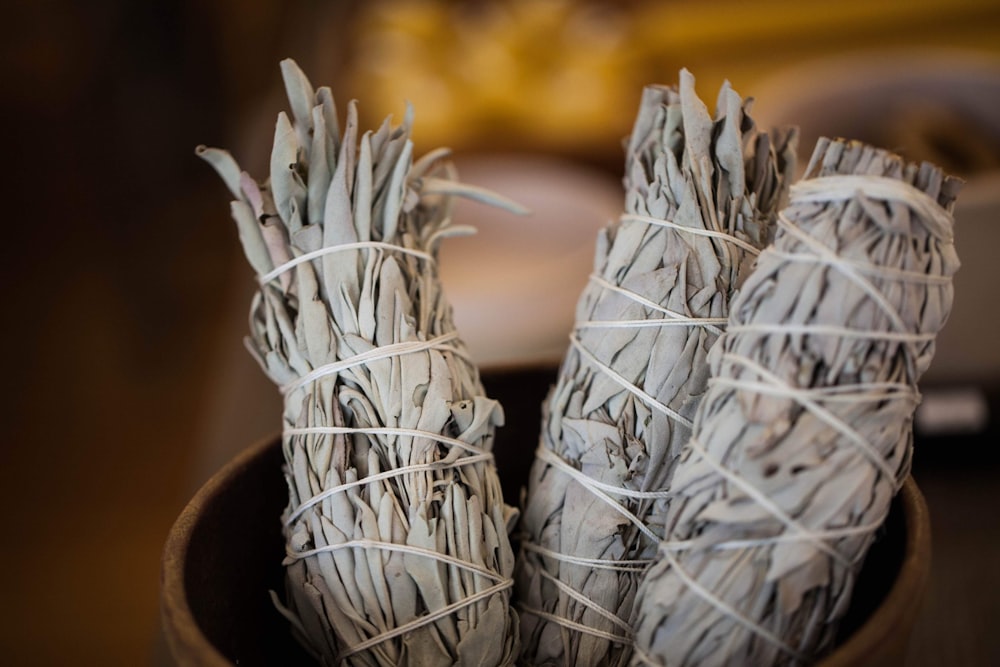

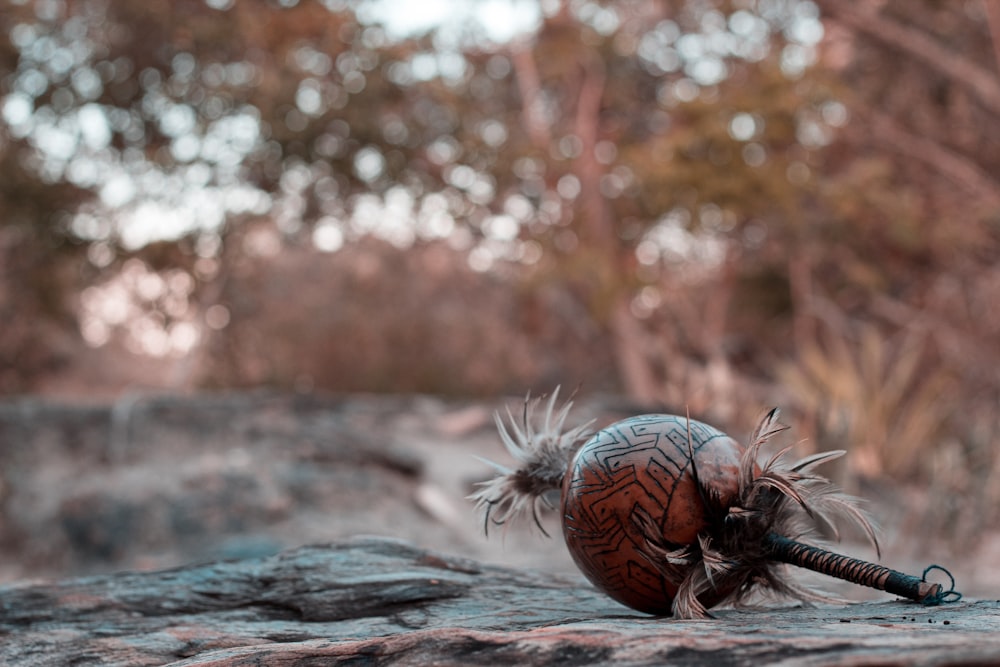

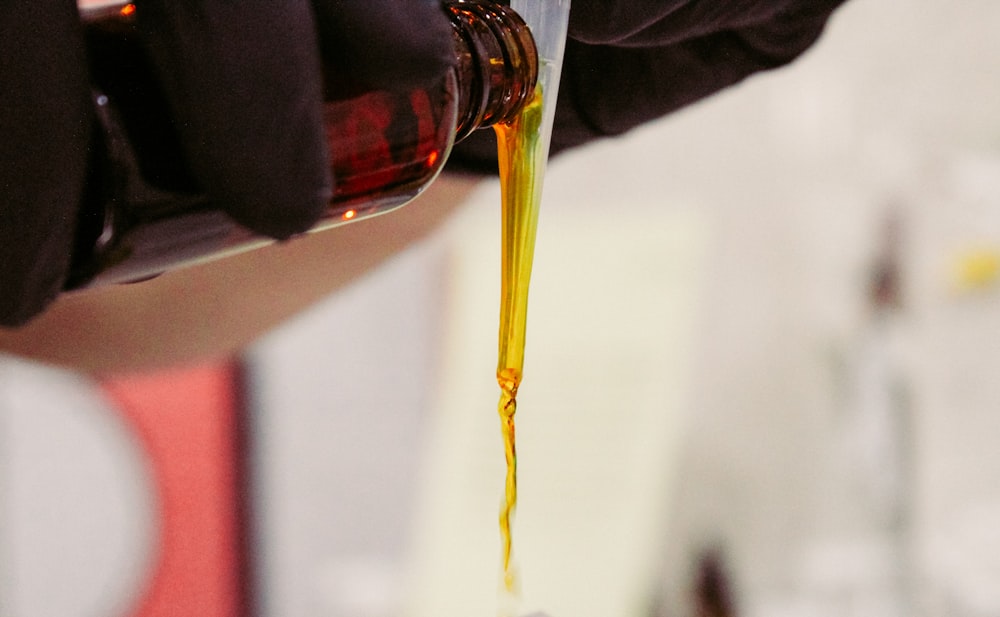




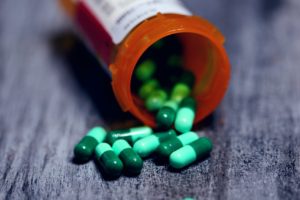


Recent Comments